October 14, 2022 – We gather news: You stay informed

1. Breaking Report: Wildlife Populations Down 70% Over Last 50 Years
Wildlife populations have fallen by nearly 70 percent over the past five decades, and the decline is helping to push Earth toward a climate catastrophe, according to a report by the World Wide Fund for Nature. The loss of biodiversity is being fueled by climate change and is placing all life on Earth on the brink, according to the WWF’s flagship Living Planet report. It claims that its biennial report, which is collated from the Zoological Society of London’s Living Planet Index (LPI) and analyses almost 32,000 populations of 5,230 species, is the most detailed in its 24-year history.
Authors said they were particularly concerned about ecosystems in Latin America and the Amazon, where wildlife populations have shrunk by 94% partly due to deforestation. Experts said the Amazon is fast approaching a tipping point where it will cease to be a functioning rainforest, without which the world cannot avert dangerous global warming.
Every year, almost 3.8 million square miles of forests, about the size of Portugal, is destroyed globally, adding to the climate crisis and food insecurity.
Thank you for your generous gift that will help us continue the production of this weekly, free publication
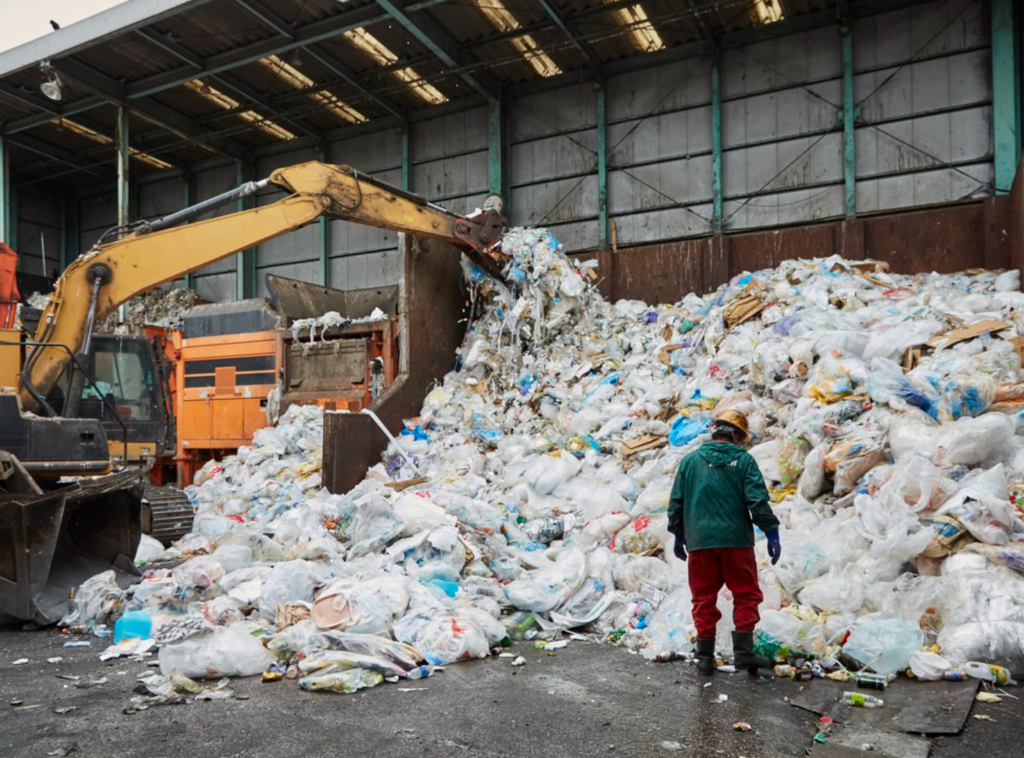
2. California Bans Plastic Produce Bags
On October 11th, California signed into law Senate Bill 1046, which will prohibit grocery stores from providing single-use, non-compostable bags to shoppers before they reach the checkout counter. The ban will go into effect on January 1, 2025. California will transition to compostable bags which must meet the criteria as outlined in the Senate Bill. California is the first state to adopt this ban.
State legislatures have considered several measures to reduce the prevalence of plastic bags at grocery stores and other businesses. Reducing bag use can mitigate harmful impacts on oceans, rivers, lakes, forests and the wildlife that inhabit them. It can also relieve pressure on landfills and waste management. While some states are focusing on implementing effective recycling programs, others are imposing bans or fees to discourage the use of plastic bags altogether.
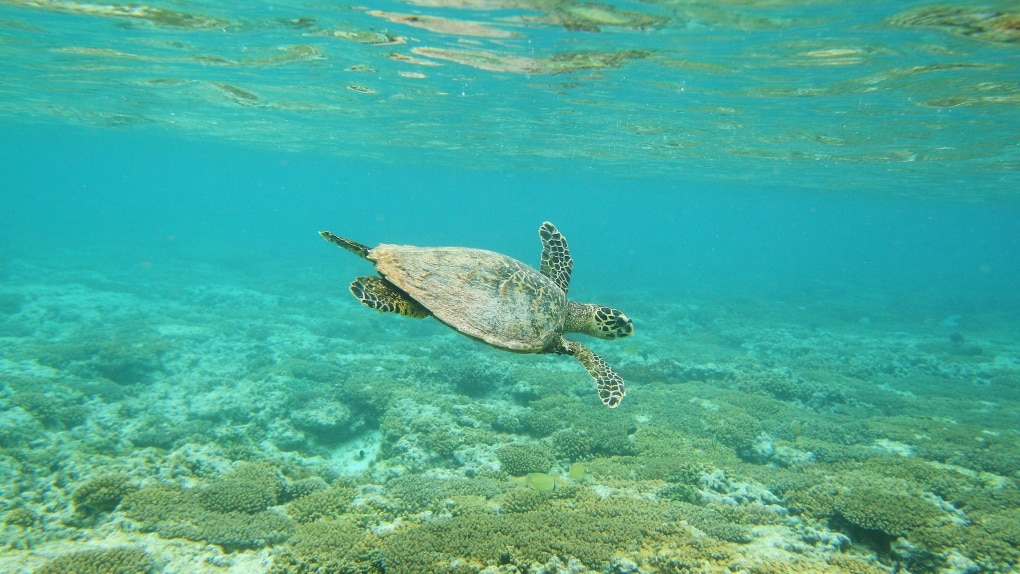
3. Study finds sea turtle poaching is declining in Australia
A study, published on September 7 in “Global Change Biology”, used documents published over the last three decades to estimate the number of sea turtles killed illegally over that time period. A research team led by Jesse Senko, the study’s lead author and senior sustainability scientist at Arizona State University, reviewed peer-reviewed studies and media reports about sea turtle poaching. Dr. Senko also conducted surveys with experts. The study reports that sea turtle poaching has declined 28% from the 2000s to the 2010s, which Senko called “a really encouraging sign.”
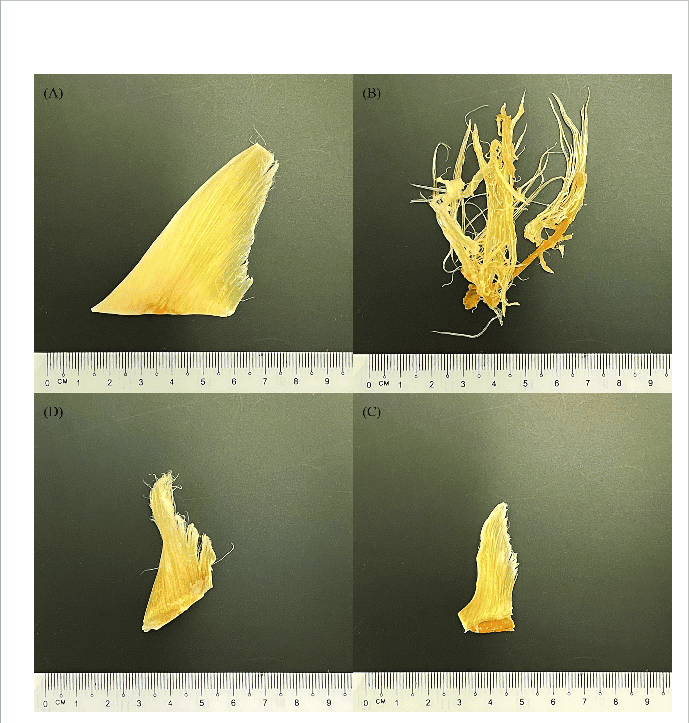
4. DNA Tools Help Efforts to Combat Illegal Shark Fin Trade
Overfishing has significantly decreased global shark populations, with some species experiencing reductions of approximately 70% over the last 50 years. Singapore is a major shark fin transhipment hub that helps to satisfy the global demand for shark fins, which are considered status symbols and reputed to have medicinal value in Asian culture. Despite the recognised and urgent need to better protect shark populations, the success of such efforts has been limited by the difficulties associated with visually identifying the species of shark from which the fins originated. In this study, we collected 451 shark fin tissue samples from a variety of local retail markets in Singapore. Using DNA we identified 22 shark species, of which 17 are categorised as Threatened (Critically Endangered, Endangered or Vulnerable) under the IUCN Red List. Six of these species are also listed on Appendix II of the Convention on International Trade in Endangered Species of Wild Fauna and Flora (CITES).
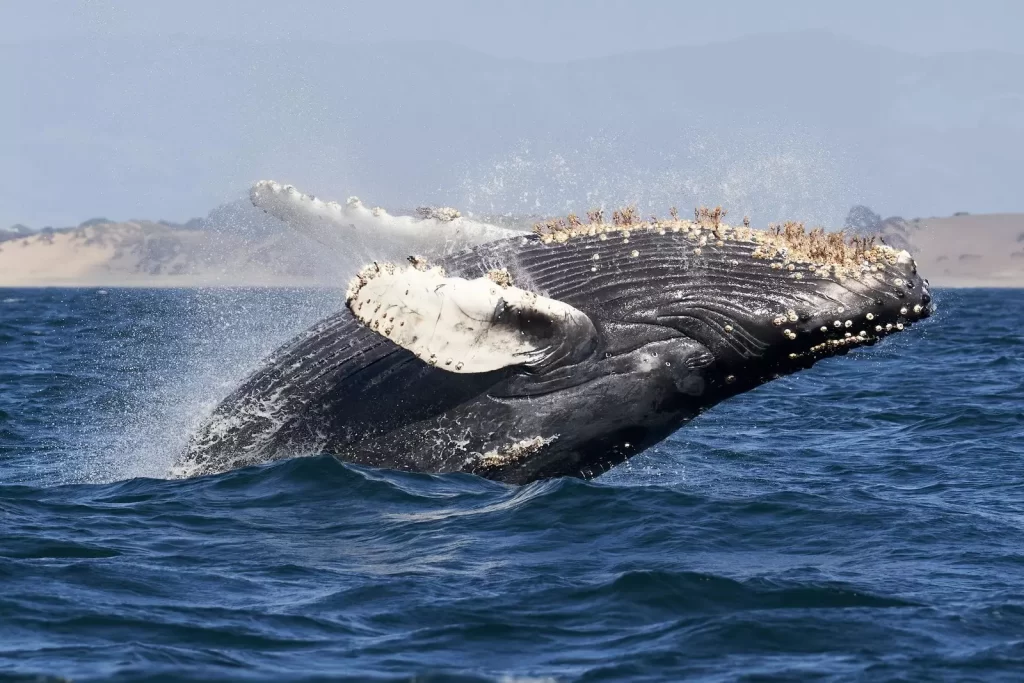
5. How Science Helps Keep Whales Safer in Shipping Lanes
2018, 2019, and 2021 were the worst years on record for whale-ship collisions off the West Coast of the United States. Despite this trend, there are solutions to combat the problem. Research demonstrates ships that slow to 10 knots in areas with high whale presence significantly reduce the danger to whales.
Whale Safe is a technology-based mapping and analysis tool displaying whale and ship data—designed to prevent fatal ship collisions with whales. It displays both visual and acoustic whale detections in the Santa Barbara Channel and the San Francisco Region. It also includes a blue whale habitat model that predicts the likelihood of blue whale presence. In addition it ranks vessels and shipping companies according to their rates of cooperation with NOAA’ voluntary speed restrictions.
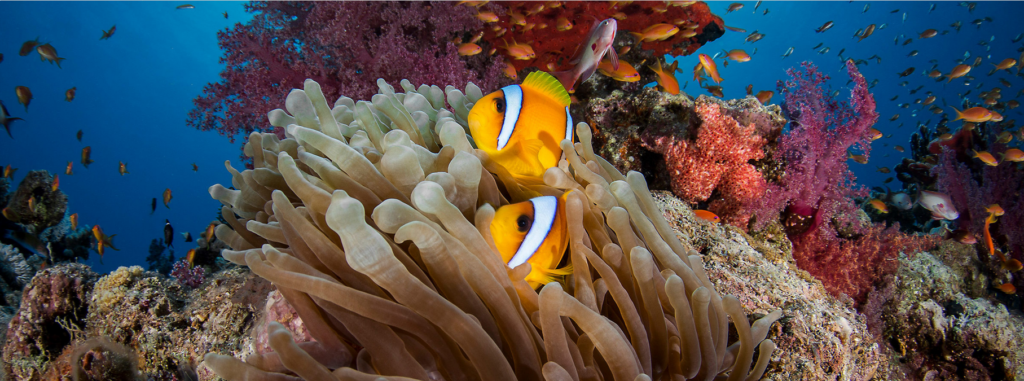
6. Are Plastics Acidifying the Ocean?
Through a series of laboratory experiments, scientists from the Marine Sciences Institute in Barcelona, known as ICM-CSIC by its Spanish acronym, found that when plastic — especially aged, degraded plastic — interacts with sunlight, it releases a cocktail of chemicals, including organic acids, into the ocean. Organic acids are known to lower the pH of seawater, causing it to become more acidic. In addition, the sun’s degradation of plastic can lead to carbon dioxide (CO2) release, which can cause pH to plummet further. Lowered pH obstructs the ability of marine organisms, such as corals, planktons, oysters and urchins, to build skeletons and shells out of calcium carbonate and to generally survive. The weakening of these calcifying organisms can impact other species that depend on them for food and habitat
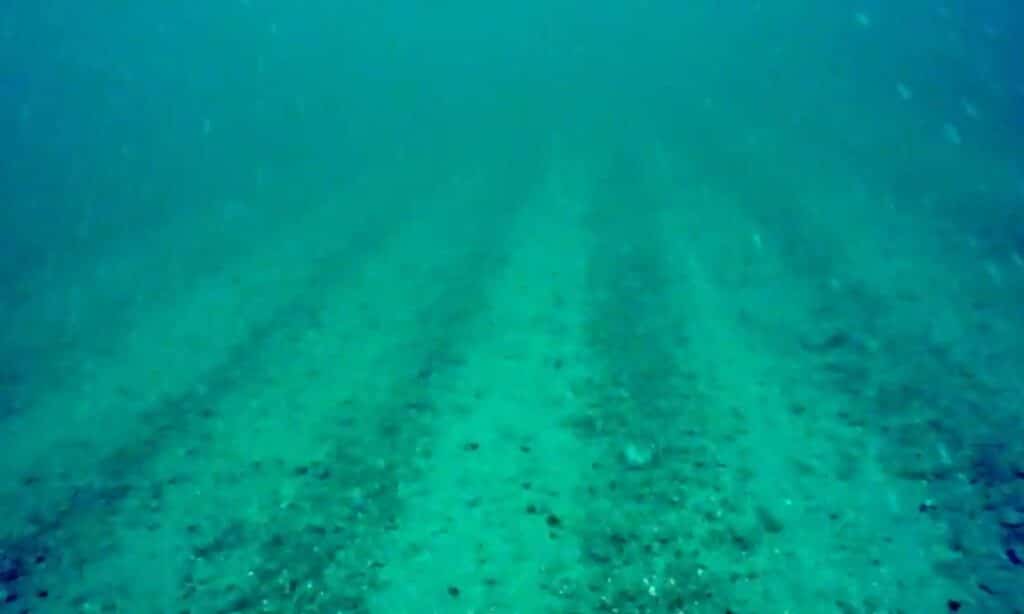
7. Scottish Marine Protected Areas (MPA) – “Paper Parks”
The Scottish government designated the seabed around the islands of Canna and Rum, on Scotland’s west coast, as the Small Isles Marine Protected Areas (MPA) in 2014, to conserve Britain’s only colony of rare fan mussels and other features. The islands host a large breeding colony of black guillemots.
Recent underwater footage displays severe damage to marine life and habitats wreaked by scallop dredgers in these MPAs in spite of their protected status. The Scottish Government has stated “it was determined to maintain good environmental status for all Scotland’s seas” and “committed to delivering fisheries management measures for our existing, extensive MPA network, where these are not already in place, by March 2024.”
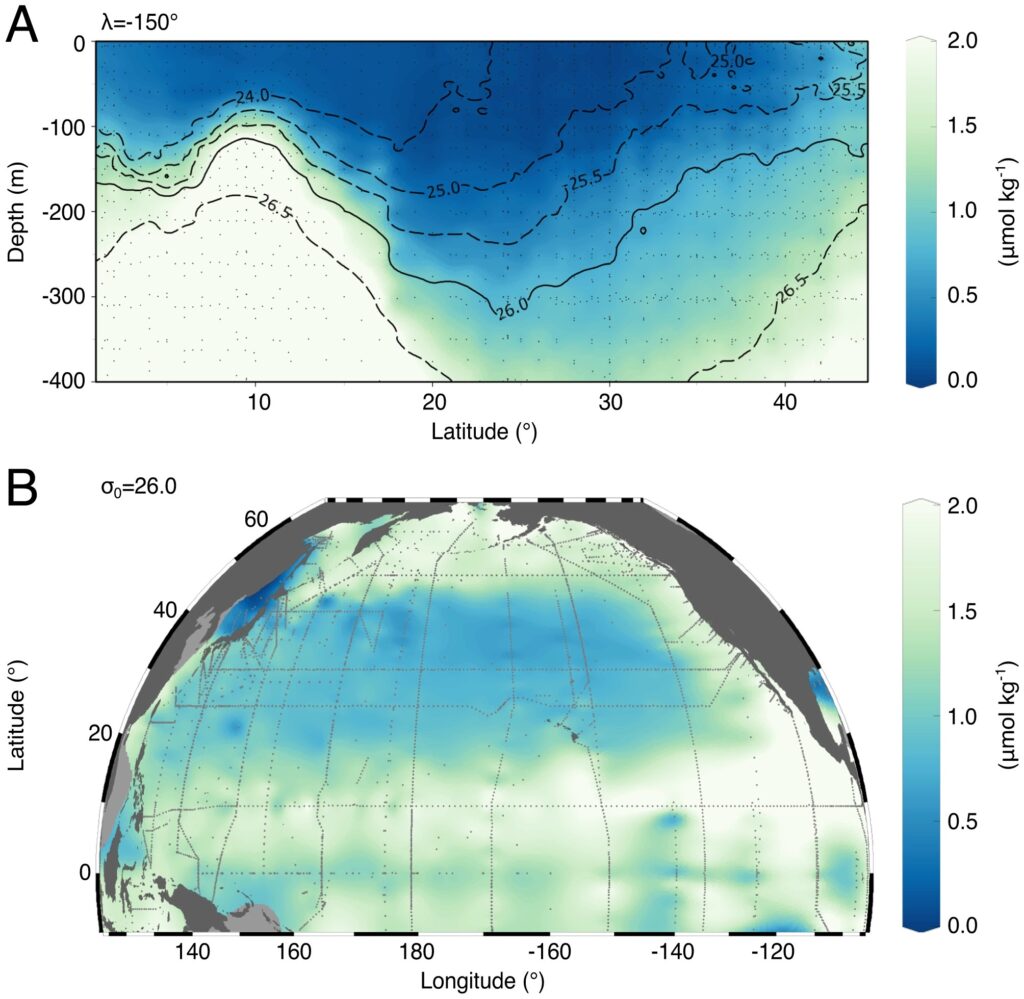
8. Small Eddies: How Ocean Microbes Thrive
Subtropical gyres are slow-moving eddies that circulate in large basins all over the world. As the currents rotate from coast to coast in the subtropical regions of the Earth, they collect nutrients, organisms, and waste. Based on what scientists know about gyre dynamics, they believe that despite the fact that these massive currents appear to support healthy phytoplankton populations, winds alone cannot support them. How, then, did the microbes survive? Researchers from MIT discovered that vortices carry nutrients to phytoplankton from outside the gyres. These draw nutrients from the nutrient-rich equatorial regions, propel them into the center of a vortex, where other currents pick them up, and pump them to the surface. These ocean vertices feed and sustain phytoplankton populations, which are critical to the ocean’s ability to sequester carbon from the atmosphere. They are also an important nutrient source in subtropical gyres..
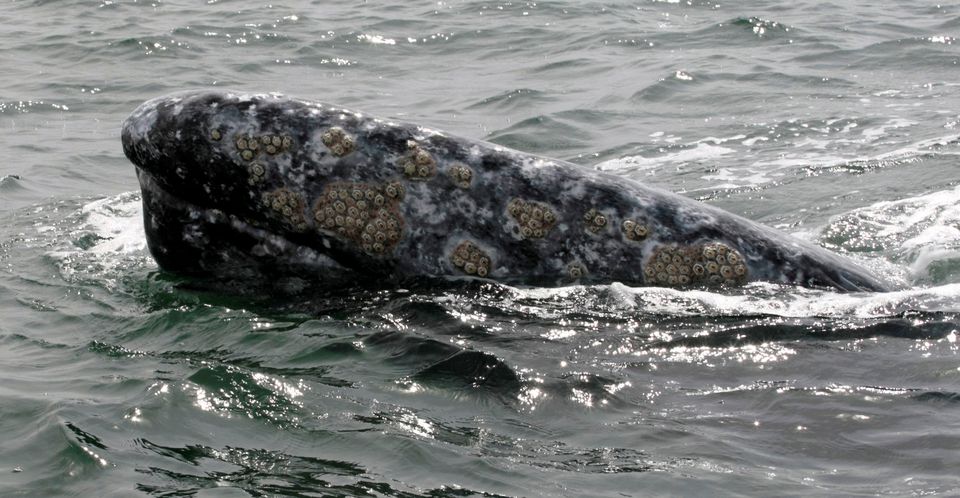
9. Grey Whale Population decreases on North America’s Pacific Coast – Why?
The Grey Whale population is down almost 40% from its peak in 2016. In a recently released report, federal scientists said the number of calves born last year was the lowest they’ve seen since they started observations in 1994.
In 2019, the National Oceanic and Atmospheric Administration declared an “unusual mortality event” after an alarming number of gray whales began washing up along the shore from Mexico to Alaska. Then and now, the cause of the die-off remains elusive, but it appears that something has drastically altered the food web of these large, bottom-feeding cetaceans. Potential causes, warmer temperatures, loss of sea ice, change of prey items, ship strikes, drowning or starving due to entanglement. NOAA continues to analyze and understand the multiple factors involved.
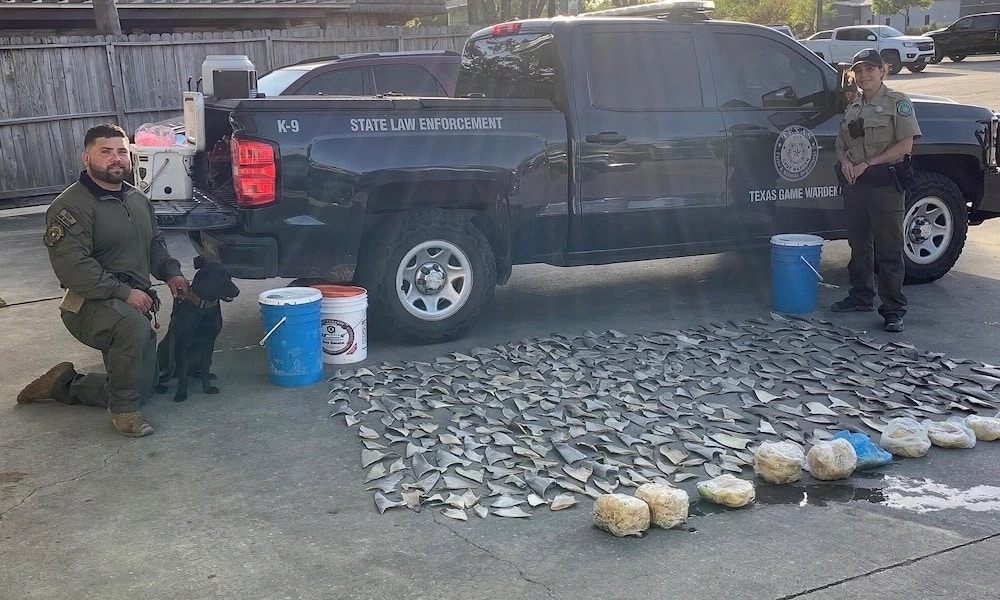
10. Texas Restaurant Charged with Possession and Intent to Sell Shark Fins
In 2015, Texas became the 10th U.S.. state to ban the sale and trade of shark fins as part of a global effort to protect sharks from an unsustainable fishing practice known as shark finning.
Last week a “Texas Parks & Wildlife Department” report was released revealing alleged charges against Van’s Restaurant, which for decades has served Chinese and Vietnamese cuisine from its Broadway location in San Antonio. The photograph attached to this article will be used as evidentiary material in this case.
The report identified Thanh Hein Nguyen, Nga To Van and Van To Van as individuals charged with purchase and intent to transport shark fins, possession of shark fins for sale, and unlawful sale of aquatic products. These are all Class B misdemeanors in the state of Texas.
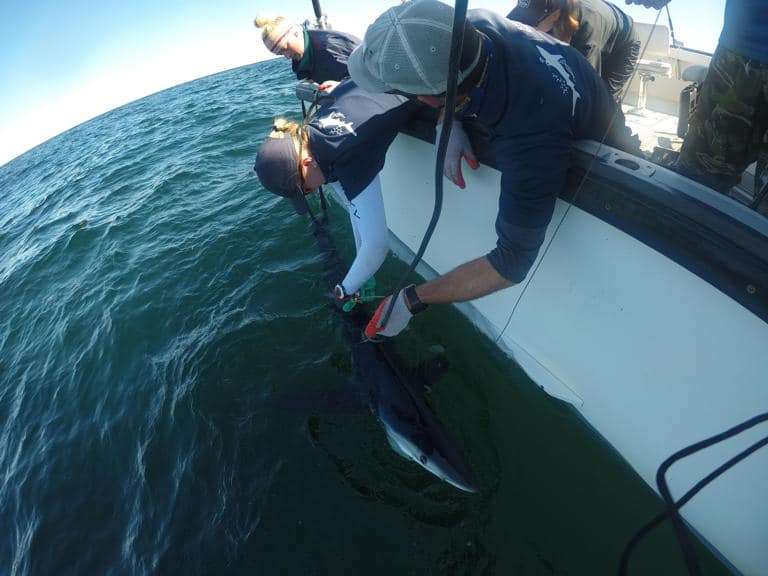
11. Ecotourists Might Need to Take a Second Look at Catch-and-Release
For years the practice of catch-and-release presented an environmentally and economically friendly way for sport fishermen to enjoy their sport without impacting the environment.
Recent studies show the practice can have ecological and physiological impacts to fish, and shark species are understudied in this aspect,” said scientist Lucy Harding. “We explored how this practice influenced the physiology of two widely distributed, highly migratory shark species: the blue and the tiger shark. Nineteen sharks were caught by drum line or rod-and-reel angling; body temperature measurements were taken immediately upon capture. Six individuals provided subsequent subcutaneous body temperature measurements as they swam freely for several hours post-release. While initially heated, biologging data showed that body temperatures gradually declined after release.
These deviations of the natural state could have immediate and longer-term effects on the welfare and ecology of sharks caught by catch-and-release fisheries.” The study encourages further investigation.
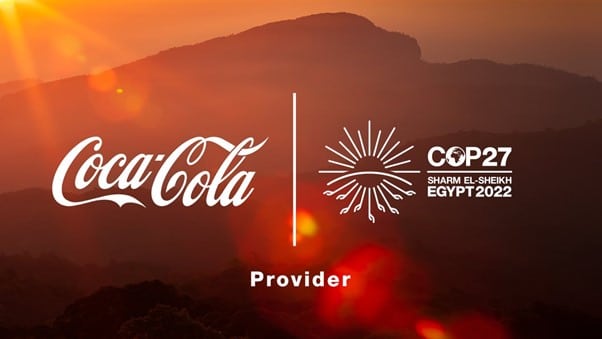
12. Should Multinational Companies Sponsor the Climate Conference?
A sponsorship deal between this year’s UN Climate Conference and Coca-Cola, which has been described as the “world’s top polluter” , has been branded “greenwash.” Environmental campaigners described the partnership as baffling. A petition started by a delegate at Cop26 in Glasgow has called for an end to corporate sponsorship of the CoP talks, starting with the removal of Cola-Cola.
Unilever, the consumer goods multinational, was the principal partner at Cop26 in Glasgow last year, while AG Barr, maker of Irn-Bru, was the exclusive soft drink and water supplier at two convention centers in Glasgow during the conference.
Sponsorship of Cop26 was said to have been worth about £250m, with companies involved including Sky, Hitachi, National Grid, ScottishPower, Microsoft, NatWest, Sainsbury’s and Unilever.
Can large corporations that allegedly contribute to climate change be trying to make amends, or are just letting the fox run free in the henhouse?
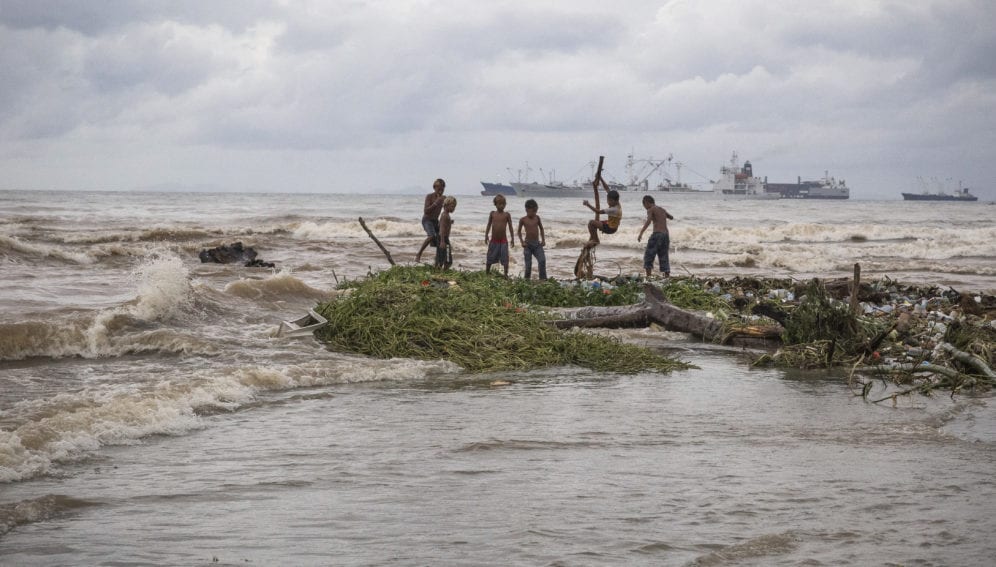
13. A “High Seas” Treaty Is Critical For Island Nations and Developing States
The treaty of the Biodiversity of Areas Beyond National Jurisdiction or the Treaty of the High Seas, which is still under negotiation is of critical importance to the Pacific Islands as it will impact our culture, food, livelihoods, and national economies.
As owners of 20 percent of the world’s Economic Exclusive Zones, the Blue Pacific has long lobbied for an international legally binding instrument under the United Nations Convention on the Law of the Sea, on the conservation and sustainable use of marine biological diversity of areas beyond national jurisdiction.
The largest obstacle? The inability of the global community to reach an agreement about the ownership of marine genetic resources. While still largely undiscovered the value of these resources ecologically, culturally and economically are in high demand in the world for agribusiness, military and especially medical research. So while these issues are debated, the open seas remain up for grabs.
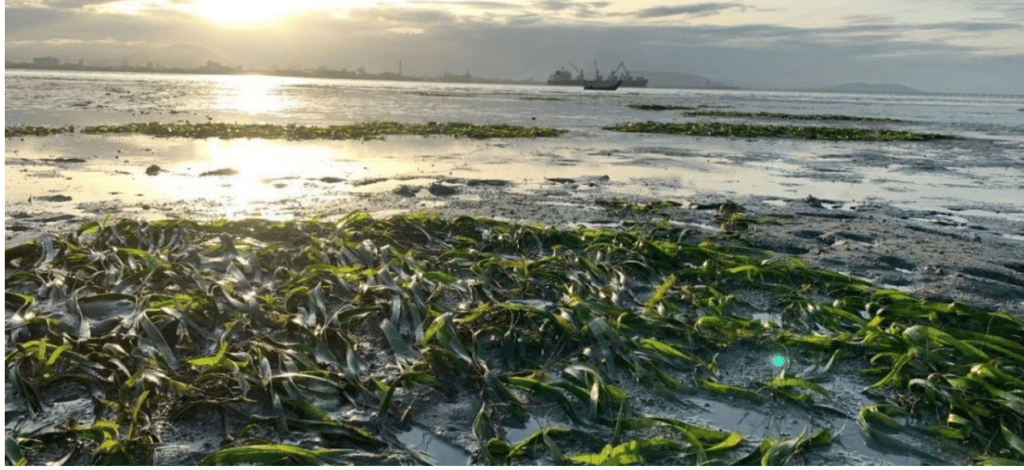
14. Developing of Sanctuaries for Seagrass in Penang
Seagrass, often confused with its aquatic cousin seaweed, is frequently overlooked when it comes to providing a stable natural haven for marine ecosystems. According to Aileen Tan, director of the Centre for Marine Science and Coastal Studies (Cemacs), seagrass beds are one of the most productive marine ecosystems for supporting fisheries resources. They also serve as a nursery, refuge, and feeding ground for a variety of fish and invertebrate species, making them biodiversity hotspots. However, due to climate change, seagrass meadows are in danger of disappearing from the oceans. According to the UNEP, 7% of these habitats are lost each year, and nearly 30% of known seagrass areas have been lost globally since the late 1800s. Tan said that the establishment of a new an urban marine sanctuary for climate resilience in Penang could be a model in other parts of the country.

15. Ireland’s Goal 14: Ocean Conservation and Sustainable Development
Fishing has always been economically and socially important in Ireland as an island nation. To protect and preserve this resource for future generations, SDG14 was created. It seeks to promote fishing through the Common Fisheries Policy (CFP) while also ensuring that aquaculture activities are safe and contribute to long-term environmental, economic, and social sustainability. It also established programs such as the Clean Oceans Initiative in order to protect Ireland’s marine environment and lessen pollution. Furthermore, on a regional scale, the OSPAR convention was created; it is an international treaty and legal framework wherein Ireland, along with 15 other contracting parties, such as the European Union, work to turn into reality the vision of a clean, healthy and biologically diverse North-East Atlantic Ocean – one which is productive, used sustainably and resilient to climate change and ocean acidification.




